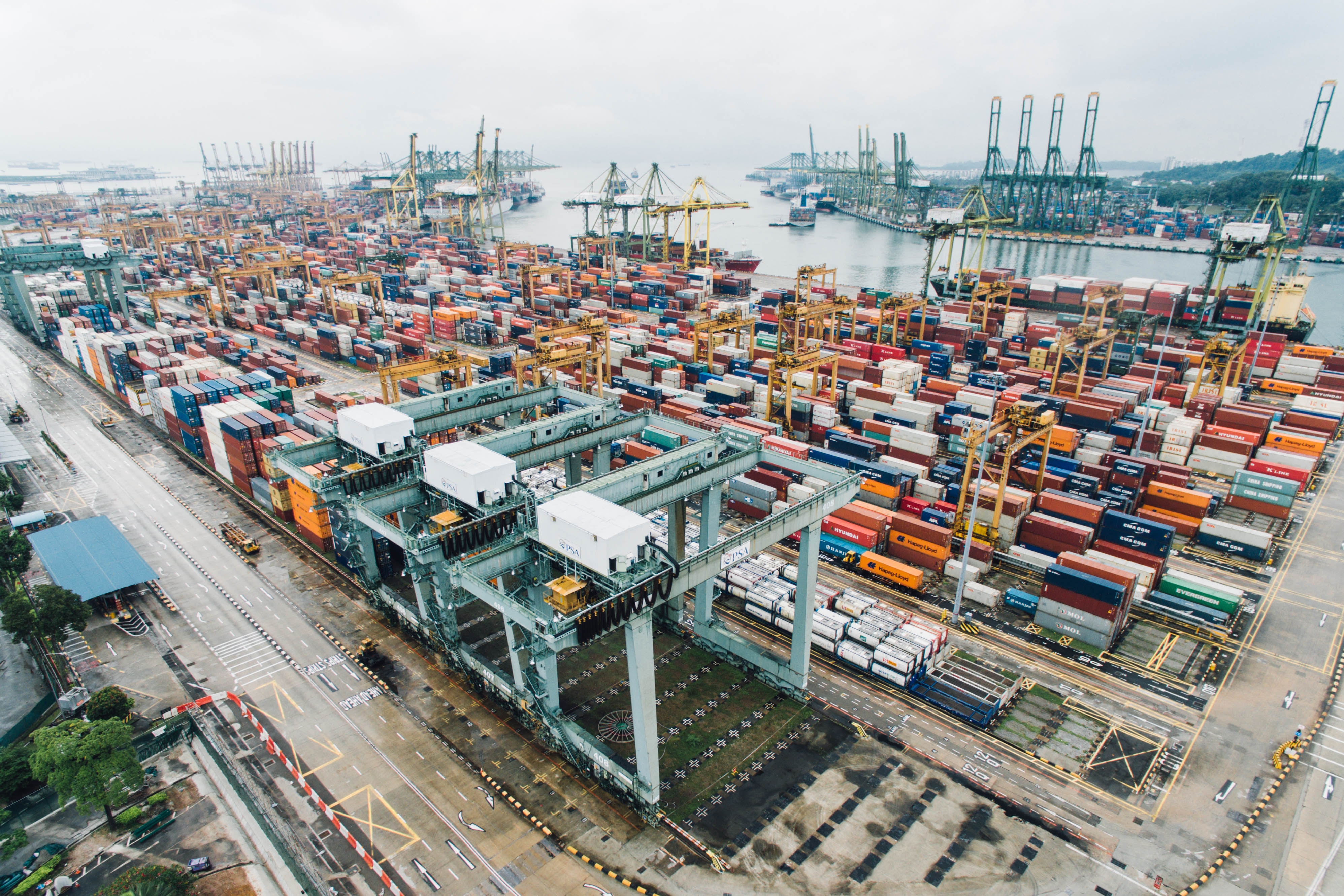1740 results found
Featured results



More results
This report from the World Bank looks at the European Union's experience in furthering a circular economy, highlighting lessons that can benefit countries within and beyond Europe’s borders.

This paper shows in terms of policy flow and implications, how Indian railways has been unwavering in providing sustenance for economic growth.

This study examines the experiences of spectrum management in four countries with a high percentage of wireless broadband penetration (Australia, Germany, the United Kingdom, and the United States) to help draw lessons for what regulatory frameworks could be used in the LAC region.


This ECN report focuses on the role played by the multilateral and bilateral institutions to fund and support Africa-based infrastructure projects.


A Spanish-language guide to help developing countries assess infrastructure investment risk for Public-Private Partnership (PPP) transport sector projects is now available through the Global Infrastructure Hub’s website.
The quality of Spain’s regulatory frameworks support the creation of new businesses which, combined with fair and transparent procurement processes, promote competition among suppliers.

As a part of a Balanced National Development project, the project is planning to build a 174.2km long railway starting from Gimcheon, Gyeongsangbuk-do to Geoje, Gyeongsangnam-do.
The Republic of Korea has increased the transparency and fairness of public procurement, which help drive investment activity in infrastructure projects.

To date, 112 IPP projects have been procured from four bidding round windows with further windows expected to be announced in the future
South Africa is one of the most well-developed African countries and has implemented processes to facilitate the creation of businesses, fostering competition and investment.

COLPISTE is a combination of a soil stabilisation solution and a cold layer that makes it faster, more affordable, and more sustainable to construct reliable, all-weather roads in rural environments in developing countries
A solar leasing project at Singapore's Jurong Port significantly reduced carbon emissions and generated cost savings.
This Publication uses computable general equilibrium (CGE) methods to address how infrastructure developments in SASEC might affect the region's broader economy and the impact on income distribution and poverty.

This report undertaken by the World Bank Water & Sanitation Program has two objectives (a) Providing guidance/recommendations concerning the reform proposals of state owned enterprises operating in the field of water supply and urban sanitation and (b) Providing guidance/recommendations concerning economic management options for service providers.

The COVID-19 health crisis has highlighted the chronic underinvestment in social infrastructure around the world. Dr. Georg Inderst discusses Global Infrastructure Hub’s recently released Infrastructure Monitor 2020 report and what can be done to attract more public and private investors to social infrastructure.
Long term private investors have long started investing in those assets, but the potential - and the need - for more and better private investment remains huge. Drawing on the vast pool of experience and contributions of LTIIA members, this report analyses the current constraints and current challenges limiting institutional investors’ share of the market.

The InfraTech developed by Allego is a strong enabler of EV mobility in Europe. The existence of this infrastructure has enabled 414 million green kilometres and supported the avoidance of approximately 59 million kilograms of CO2 emissions in 2021.
Smart street lighting adapts to traffic and light conditions. It can use sensors to detect cars/cyclists/pedestrians and automatically adjust lighting levels along their trip.
Digital technology integrated into smart containers enable accurate near real-time monitoring and control of the condition, location and the environment of shipping containers.
This use case aims at creating a distributed, secure, reliable and smart sensing system in urban and suburban areas capable of collecting information and data to be shared with local governments and public authorities to improve management, quality and provision of public services.



 Espanol
Espanol








